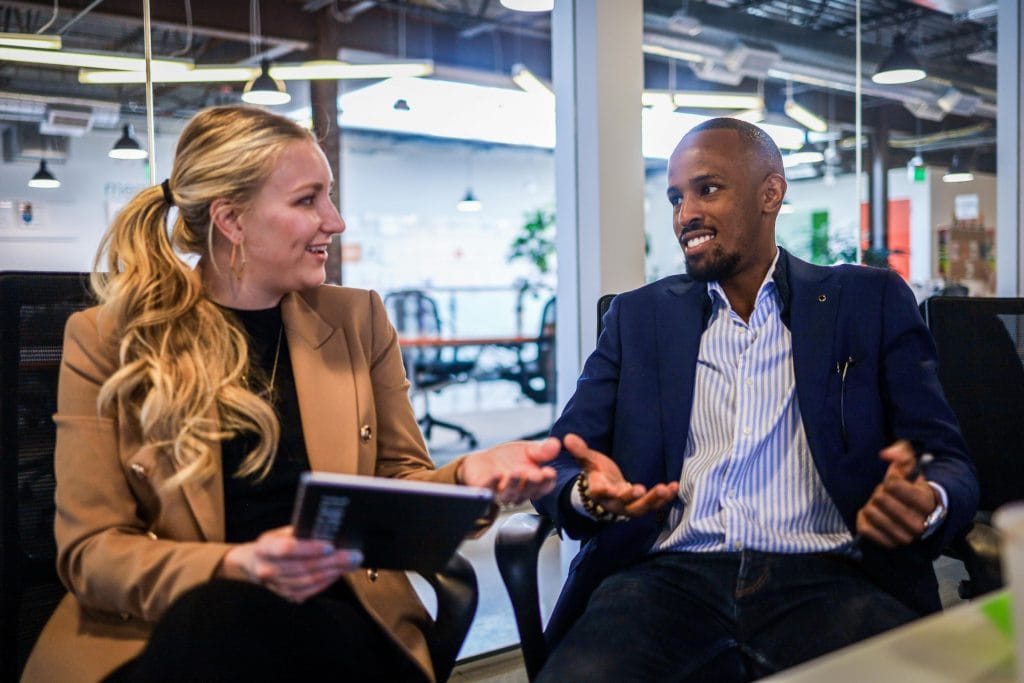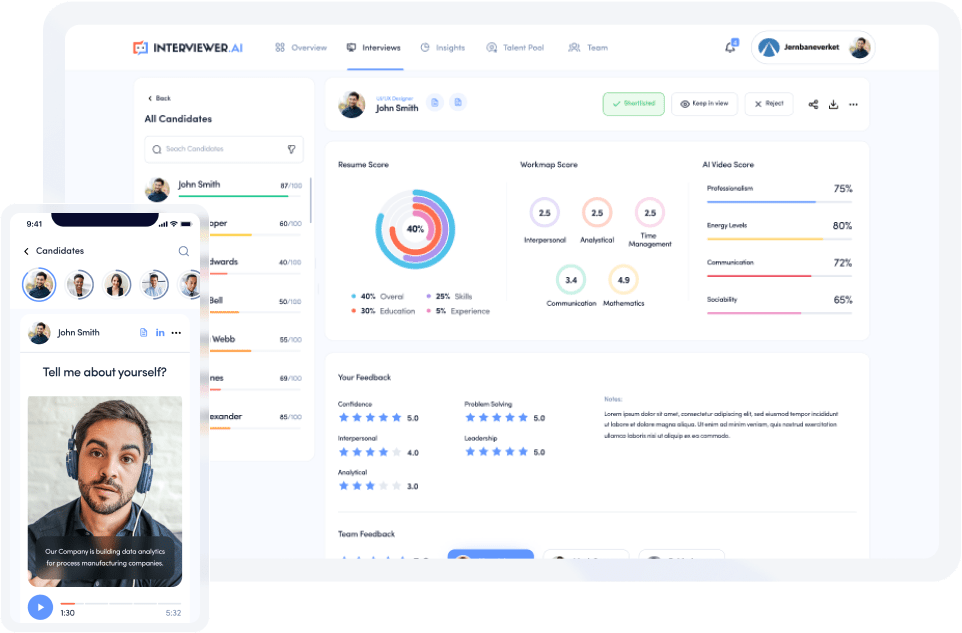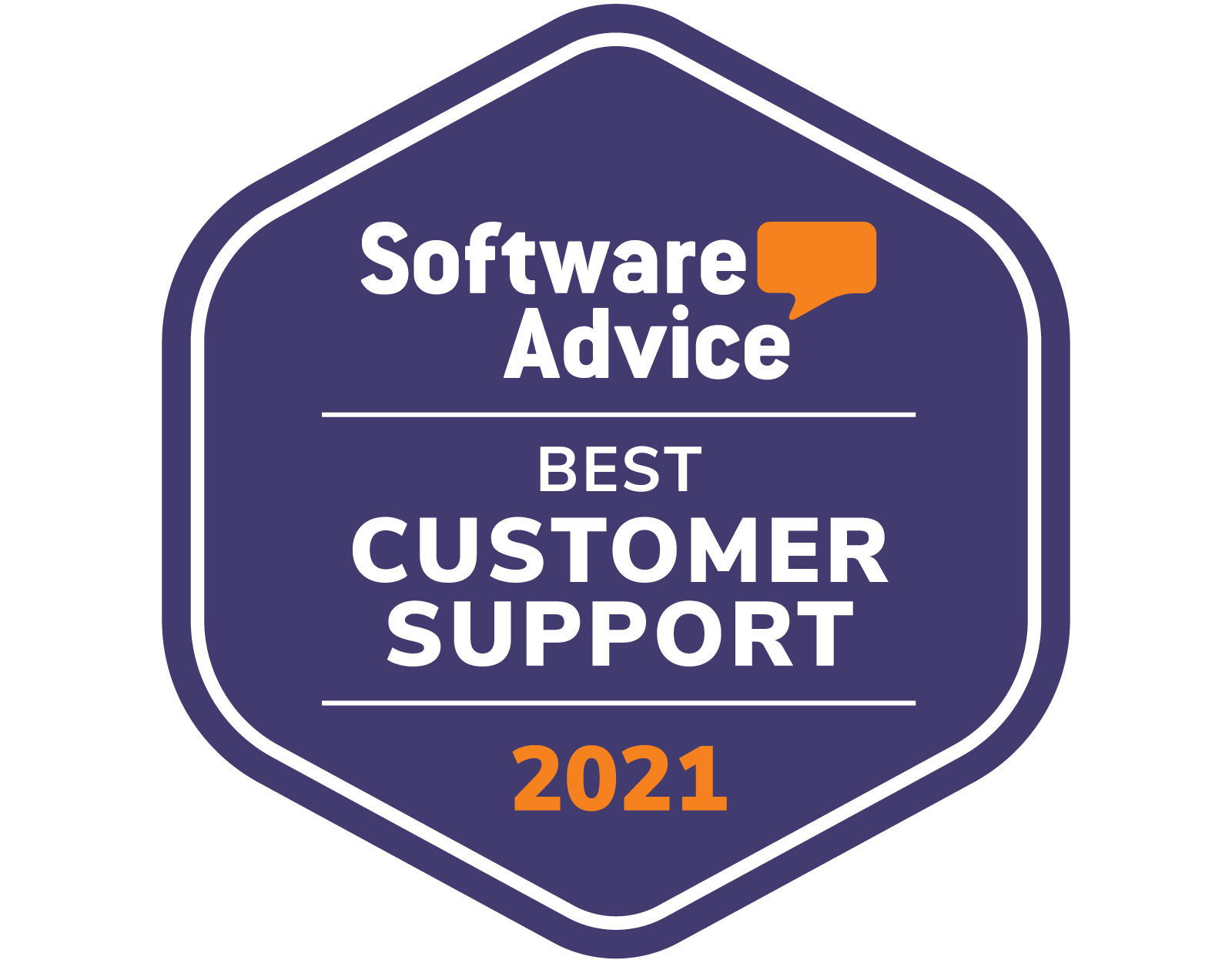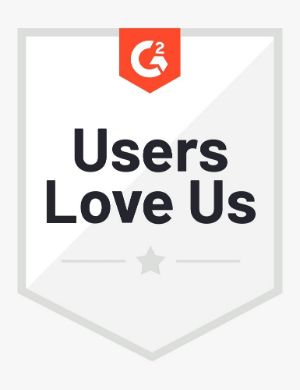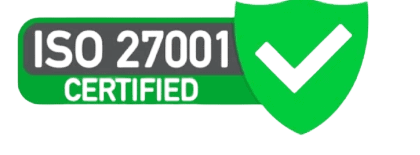We’ve all heard the terms diversity and inclusion in the workforce before. Recently, their importance in the workplace has grown exponentially as well. According to a Forbes survey, almost 80% of talent professionals are prioritising diversity hiring as the most important trend in the recruiting industry in 2022. What is diversity and inclusion in hiring specifically? And what are some trends we expect to see in the next year or so for diversity and inclusion?
What is Diversity in Hiring?
Diversity in hiring is when the hiring process is unbiased. The hiring decision is made based on the candidate’s experience and skills and is not made under the influence of biases regarding the candidate’s different social and ethnic backgrounds, gender, religion, age, etc. True diversity also takes into account a candidate’s perspectives, characteristics, preferences, etc.
Some people have adverse feelings towards diversity hiring because they believe that hiring managers will hire diverse candidates for the sake of diversity. This is a false belief. Diversity hiring is implemented to help protect qualified and diverse candidates from being ignored or accidentally discriminated against throughout the hiring process.
Hiring managers also need to pay attention to unconscious biases and stereotypes that employees might have. These biases are usually unintentional and are often formed based on first impressions. Hiring managers can help employees bring these to light through training, which can help them be more aware of their internal thoughts. This way, recruiters will be more open-minded and won’t disqualify candidates based on biases that they are unaware of.
What is Inclusion in Hiring?
Many people are confused about the difference between the words “diversity” and “inclusion” since they are used together often and are sometimes even used interchangeably. However, they are in fact not the same thing. According to Academy to Innovate HR, diversity is the what and “focuses on the makeup of your workforce. Inclusion, on the other hand, is about the how – the creation of a work environment and culture that enables all employees to participate and thrive.”
To expand more on the differences between diversity and inclusion, think about it this way. Diversity relates to recruitment. If you have a variety of candidates who applied for a job, who is the one who gets hired? Who is the one that gets promoted and actually has a say in how the business is run? Inclusion relates to retention. Think about your company policies and culture: Does it make everyone feel valued, appreciated, and respected? Is everyone able to pitch an idea to the team without feeling that their opinion won’t make a difference?
You can’t have diversity without inclusion and vice versa. Both are necessary for the company to continue growing and attracting quality talents.

How can we improve Diversity and Inclusion in Hiring?
Before you start changing diversity goals and implementing new policies, of course you need to know where you are at currently. Take a general survey of the organization and use HR records to see how your organization is faring compared to your industry.
The next step is to identify areas where diversity in your organization could improve. This is where you create goals for how you will actually improve your diversity hiring. Create specific goals for your teams and departments.
Even if you make the best changes to your hiring process, if the public doesn’t know about it, how will better, more qualified candidates come to find you? Don’t forget to publish your diversity goals for the near future and how your company is planning to integrate them into the current structure of the hiring process.
Get Leadership to Commit
Get opinions and affirmations from the leaders of the company. Make sure they’re on board and understand why the company is taking a step in increasing diversity hiring. It’s easier to implement the changes if the top administrators agree with the changes, otherwise there can be pushback and may cause tension in the workplace.
Check Your Job Description
The wordings of job descriptions could unconsciously prevent diverse candidates from applying. Some gender-coded words include the words strong, competitive, and driven, which are seen as more masculine and could stop female candidates from applying. Words like understand, feel, or support, on the other hand, may deter male candidates from applying.
The best practice is to use gender-neutral words so that no candidate feels excluded or unable to apply.
Use AI in Recruiting
AI is increasingly being used in the recruiting process so that unconscious human biases won’t seep through and influence a hiring decision that is not based on the candidate’s skills or merit.
Companies like Interviewer.AI use artificial intelligence to screen candidates and help you sift out a pool of talented candidates. The AI software goes through each candidate’s resume and matches the words within the resume to the job description to see their fit. Then, candidates are invited to take an asynchronous video interview and are ranked based on how they score.
This ranking is completely transparent, and hiring managers can see exactly how and why candidates are ranked the way they are. In this way, hiring managers can spend their time focusing on the candidates at the top of the rankings instead of wasting hours going through each candidate’s file manually. This is a great way to ensure that all candidates are fairly considered with no biases and that their applications aren’t lost amidst the many applications.
Ensure Diversity and Inclusion in your Remote Hiring
Two of the most fundamental tools to running a successful and productive brand or organization are diversity and inclusivity: Diversity in terms of having people of diverse cultures, gender, ethnicity and socio-economic backgrounds.
While you might achieve diversity, on the one hand, you might drop the ball when it comes to inclusivity. Learn more here
Interviewer.AI is a technology platform purposely built to support Recruiters and HR teams in finding top talent for their companies. Interviewer.AI is a state-of-the-art video recruiting software that uses AI (Artificial Intelligence) to screen in advance and shortlist the candidates that meet the criteria set. HR teams use the software to make the recruitment process more efficient and shorten the hiring cycle. Learn more about how Interviewer.AI can help your business.
Increase your hiring team’s efficiency using a combination of resume scoring, skill assessment, and asynchronous video interviews.
 Hannah Ng is from Boston College studying Finance and Business Analytics. She is currently an intern at Singapore for Interviewer.AI during the summer of 2022.
Hannah Ng is from Boston College studying Finance and Business Analytics. She is currently an intern at Singapore for Interviewer.AI during the summer of 2022.
Besides work, she is also very interested in hair styling and is responsible for her family’s hairstyles as a hobby.
